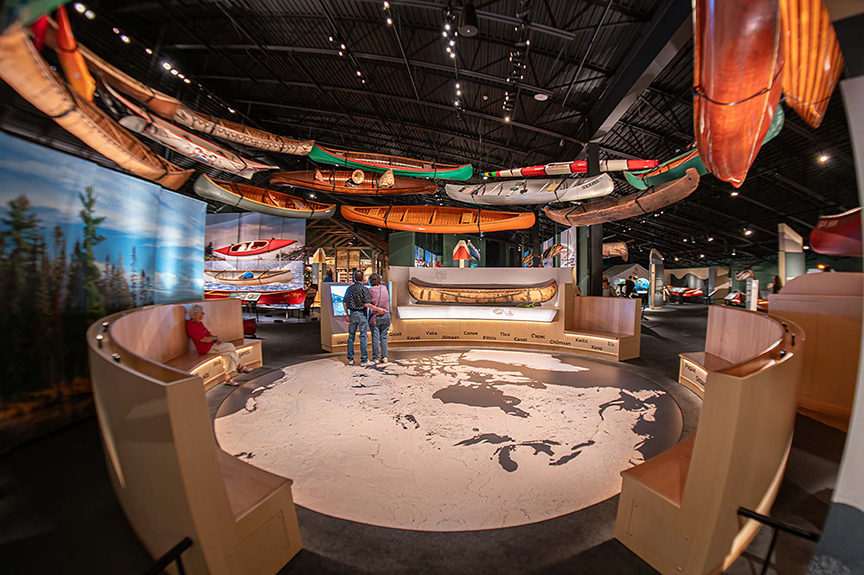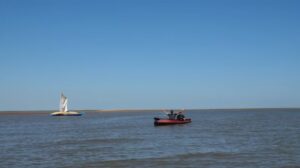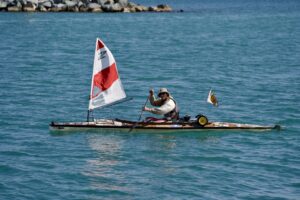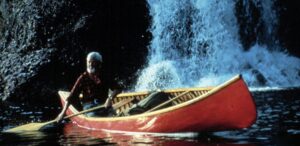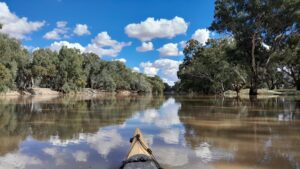The canoe has always been part of Canada’s national mythology — but it’s a complicated history. For thousands of years, these watercraft provided essential transportation through the vast wilds of North America for the continent’s Indigenous peoples.
Then those same vessels became tools of colonial expansion during the Voyageurs’ fur trade era, displacing native communities and fueling the extraction of natural resources. Finally, it arrives in the modern era, where it’s mostly known for recreational activities “dominated by middle-class white people,” as sports and leisure historian Jessica Dunkin wrote in the 2019 book Symbols of Canada.
That’s quite the circuitous journey — even for a vessel designed specifically for navigating them.
But there’s likely no place on Earth better equipped to tell the canoe’s story than the upgraded Canadian Canoe Museum. Though the museum’s been around for 27 years, it finally raised enough money for a massive expansion last year. It now offers a generous space for paddle lovers, who can explore its collection of 600+ watercraft on a beautiful lakefront property in Ontario.
A uniquely Canadian museum
From the enormous exhibit hall to the hands-on workshops to paddle tours on the water, the museum aims to bring together the canoe’s rich and varied history.
“You can go in one door and paddle out the back. It’s like a family reunion for your boat to be able to go there and see what its parents and grandparents look like,” said James Raffan, a Canadian educator, author, and adventurer. “But it’s not just about celebrating canoes. It’s also about figuring out how to relate better to each other.”
While the U.S. has the soon-to-expand Minnesota Canoe Museum, and the Canoe Heritage Museum in Spooner, Wisc., both are relatively small operations. So the Canadian Canoe Museum provides a represents a unique draw for American tourists with its depth of history and canoe variety.
It also took years to raise $45 million for the museum’s new 65,000-square-foot building, said Megan McShane, communications coordinator for the museum. Donations came in from around the country, with about half the money coming from private foundations and individuals and the other half from various government funding.
Tears of happiness
A long lineage

From top left is the Hudson Bay Company’s 42-foot Timber Frame canoe, followed by the Nuu-chah-nulth dugout on the top right. A Baffin Island kayak’s innards are shown below, along with the race canoe of Canadian Olympic gold medalist Sheila Kuyper. Photos: Canadian Canoe Museum
Not merely a tradition
Paddle tours & workshops

A flotilla of paddlers during the museum’s celebration of National Canoe Day on June 26, 2024. Photo: Canadian Canoe Museum
Upcoming events
This article first appeared on GearJunkie.
